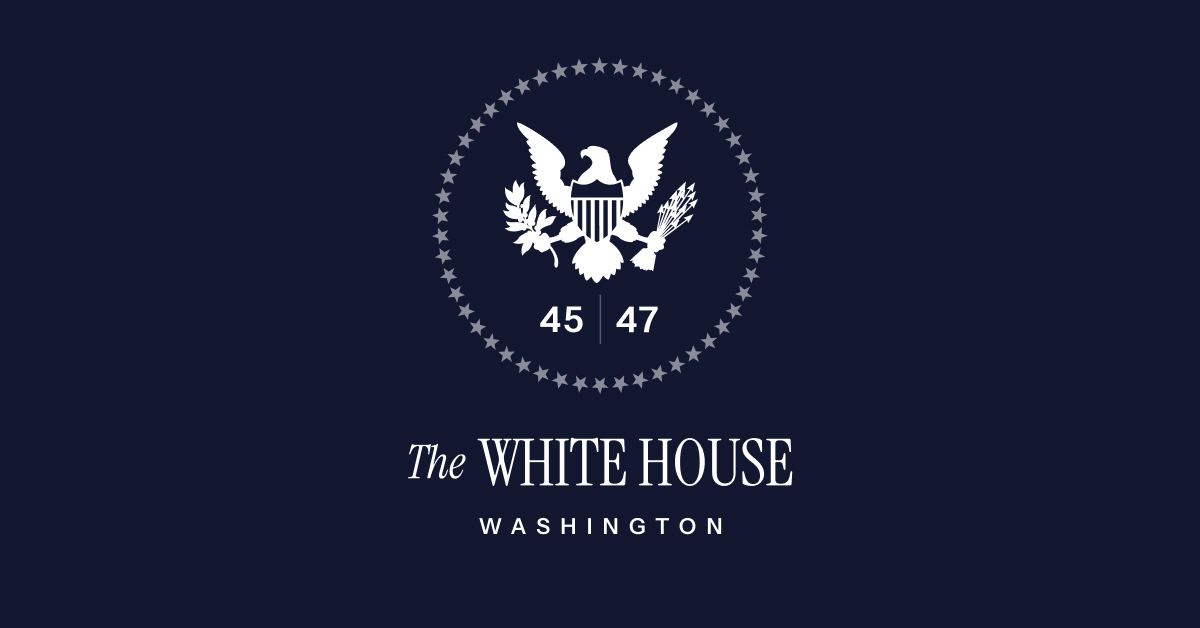A presidential decree seeks to democratise access to private markets
America's defined-contribution retirement system has long been criticised for its bifurcated nature. While public pension funds and wealthy individuals allocate substantial portions of their portfolios to alternative assets like private equity, venture capital and real estate, the 90m Americans relying on employer-sponsored 401(k) plans have been largely confined to public markets. On August 7th President Donald Trump signed an executive order aimed at rectifying this disparity, directing federal agencies to eliminate regulatory barriers that have prevented ordinary workers from accessing the same investment opportunities as their affluent counterparts.
The order specifically targets what the administration characterises as "regulatory overreach" by the Department of Labour, which has issued guidance discouraging fiduciaries from offering alternative investments in retirement plans. This stems from concerns about higher fees, illiquidity, and complexity. Yet the directive argues that such caution has deprived workers of potentially superior risk-adjusted returns. The text defines alternative assets broadly, encompassing not merely private equity but also real estate investments, commodities, infrastructure projects, and even digital assets. Within 180 days, the Labour Secretary must reexamine existing guidance and propose rules that may include "safe harbours" for plan fiduciaries who prudently offer such options.
The implications extend far beyond retirement policy. America's $7.4trn 401(k) system represents an enormous pool of patient capital that has remained largely untapped by private markets. Even modest allocation shifts of assets moving into alternatives could channel hundreds of billions of dollars into real estate, infrastructure, and other illiquid investments. This would mirror trends already evident in sovereign wealth funds and endowments, which have increased alternative allocations to enhance returns and diversification.
Read more:
Property investors in America's Sunbelt are drowning in negative equity
The most painful lessons in real estate often come disguised as opportunities. Across swathes of Texas and Florida, property investors who bought near the market's 2022 peak are discovering this truth as their assets slip underwater. They owe more on their mortgages than their properties are worth. In Austin and San Antonio, 4.2% and 4.3% of homeowners respectively find themselves in negative equity, while Florida's Cape Coral leads the pack at 7.8%. These figures, though modest by historical standards, represent a sobering reversal for markets that seemed unstoppable just three years ago. The concentration in Sunbelt metros reflects a particular vulnerability: areas that experienced the most dramatic pandemic-era price appreciation have proven equally susceptible to sharp corrections.
This regional distress tells a familiar story of momentum investing gone awry. From 2020 to 2022, these markets attracted waves of relocating buyers drawn by perceived affordability, larger homes, and pandemic-induced remote work flexibility. The resulting demand surge sent prices rocketing upward until monetary tightening cooled the frenzy and revealed the underlying imbalances. In Florida, the retreat has been compounded by rising insurance premiums and property taxes. The hidden costs that erode returns even as purchase prices stabilise. Texas markets face different pressures, with robust construction pipelines maintaining supply levels that continue to weigh on values. For investors who leveraged heavily or purchased with minimal down payments, these dynamics have created a perfect storm of negative equity.
Yet this underwater moment differs fundamentally from 2008's systemic crisis, when nearly 25% of American homeowners faced negative equity nationwide. Today's distress remains geographically contained and affects a far smaller proportion of owners, while lending standards have tightened considerably since the financial crisis. Most underwater borrowers retain the financial capacity to service their debt, particularly given that 71% of mortgage holders enjoy rates below 5%. This cushion that should limit foreclosures even if economic conditions deteriorate. For property investors, however, the implications extend beyond mere accounting losses. Negative equity constrains exit strategies, complicates refinancing, and can trap capital that might otherwise be redeployed to more promising opportunities. In markets where rental yields struggle to cover carrying costs, some investors may find themselves reluctantly transformed from yield-seeking capitalists into long-term holders, waiting for appreciation to restore their equity positions. This enforced patience may prove profitable in time, but it represents a harsh reminder that even seemingly one-way markets can reverse with surprising speed.
Read more:
Real Estate Investing in the News:
— Real Estate Investing Intelligence



